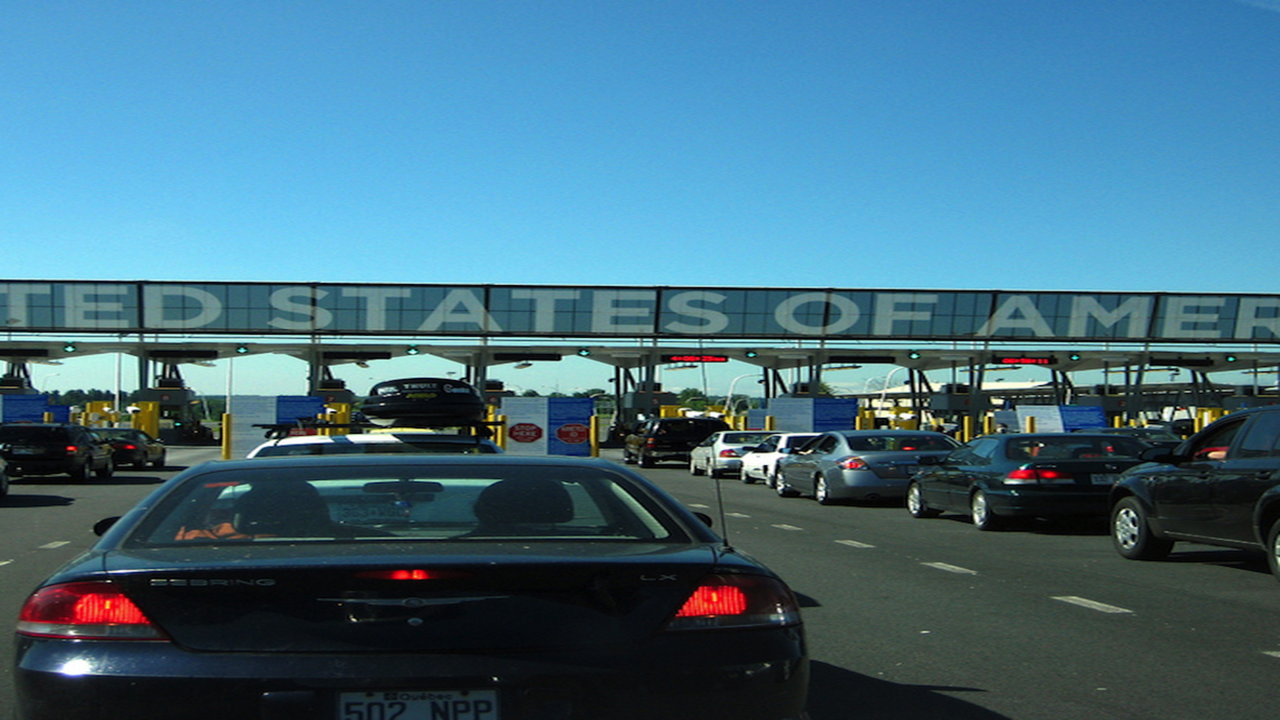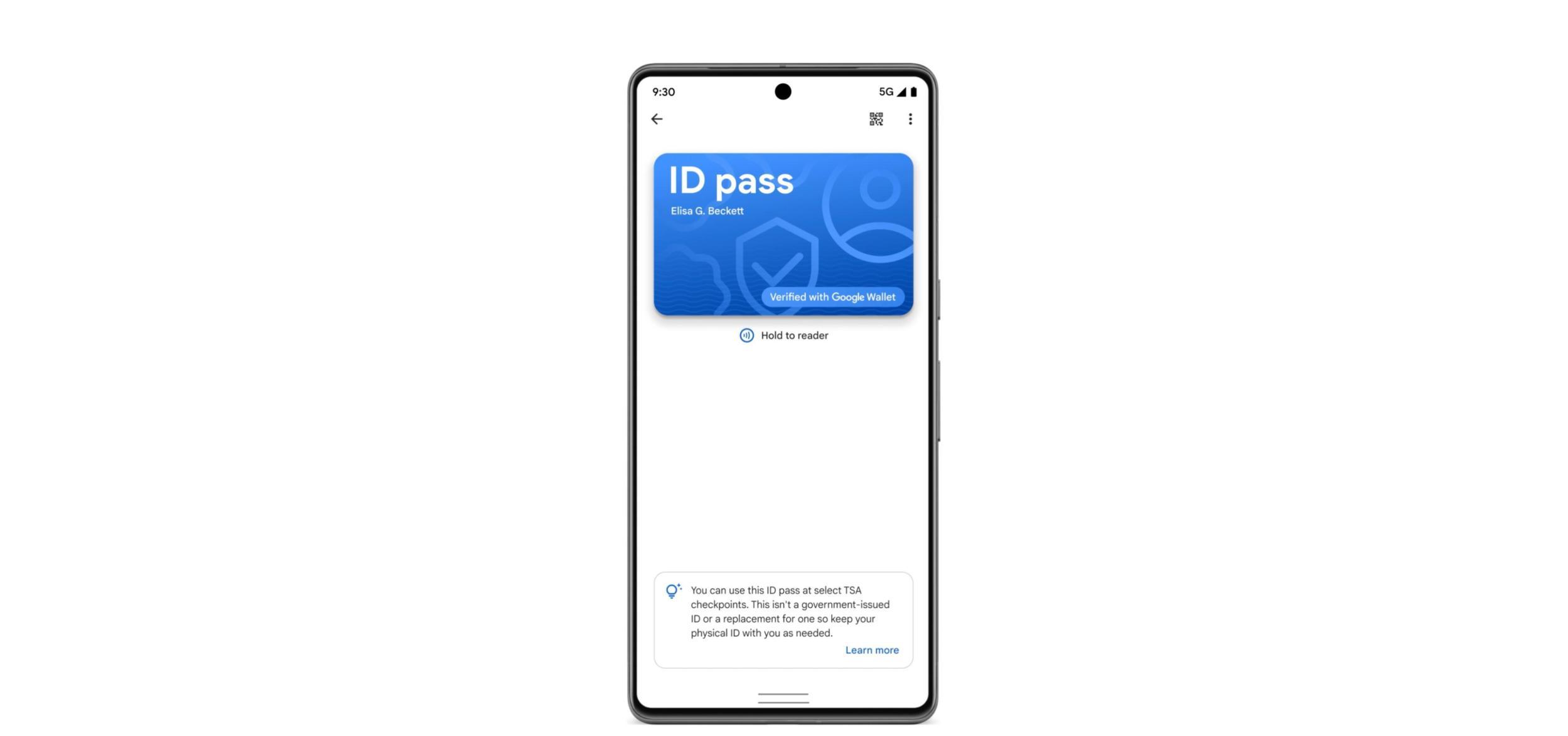AI Scanners: Revolutionizing Fentanyl Detection at the Border
A cutting-edge look at how AI scanners are transforming fentanyl detection at the border, enhancing border security and combating drug smuggling. Discover the latest advancements in technology and the role of artificial intelligence in this critical endeavor.

AI Scanners: Revolutionizing Fentanyl Detection at the Border
With the rising threat of fentanyl smuggling, Customs and Border Protection (CBP) is turning to advanced technology to bolster border security. The agency's latest initiative involves leveraging AI-powered scanners to detect fentanyl and other illicit substances more effectively. These high-tech scanners, which utilize powerful X-ray technology, have the potential to revolutionize border security and help combat the opioid epidemic.
The Need for Enhanced Drug Detection
The opioid epidemic has become a pressing concern in the United States, with fentanyl being one of the primary culprits. To address this issue, President Joe Biden has called for increased funding to bolster border security and enhance drug detection capabilities. CBP aims to deploy state-of-the-art X-ray scanners equipped with artificial intelligence to expedite the screening process and improve detection rates.
The Power of AI and X-ray Technology
CBP's new drug detection machines utilize advanced X-ray technology, offering high-resolution imaging capabilities. These scanners can scan vehicles at ports of entry, enabling CBP officers to identify hidden compartments or suspicious packages that may contain fentanyl or other contraband. By integrating artificial intelligence into the scanning process, officers can process vehicles more efficiently, enhancing the overall effectiveness of border security operations.
Challenges and Progress
While CBP has acquired cutting-edge fentanyl-detecting machines, the installation process has been hindered by a lack of funding. However, efforts are underway to address this issue, with the hope of achieving 100 percent scanning of vehicles at ports of entry. The Securing America's Ports Act, signed into law by former President Donald Trump, mandates the X-raying of all passenger vehicles, trucks, and freight trains crossing the US border.
CBP is working diligently to install the new scanners, integrating them into primary screening points to maximize their effectiveness. Currently, CBP scans approximately 20 percent of commercial vehicles and less than 5 percent of personal vehicles. The agency aims to increase these percentages to 40 percent of passenger vehicles and 70 percent of commercial trucks by the end of 2025.
The Role of AI in Border Security
Integrating AI systems with the new X-ray scanners holds tremendous potential for improving drug detection at the border. These AI algorithms can analyze X-ray images, quickly identifying anomalies and potential contraband. The goal is to create a force multiplier effect, allowing CBP officers to process vehicles more efficiently and accurately. By automating certain processes and streamlining inspections, AI can significantly enhance the overall effectiveness of border security operations.
Privacy Concerns and Future Implications
While the integration of AI in border security offers numerous benefits, it also raises privacy concerns. The collection and storage of personal data and vehicle information could potentially infringe upon privacy rights. It is crucial for CBP to strike a balance between effective drug detection and respecting individual privacy.
Looking ahead, advancements in AI technology and X-ray scanning capabilities will continue to shape border security strategies. By harnessing the power of artificial intelligence, CBP aims to stay one step ahead of drug smugglers and safeguard the nation against the devastating effects of fentanyl and other dangerous substances.
In conclusion, the integration of AI-powered scanners at the border represents a significant leap forward in fentanyl detection and overall border security. By combining advanced X-ray technology with artificial intelligence, CBP can enhance drug detection capabilities, streamline the screening process, and protect the nation from the harmful effects of illicit substances.
What's Your Reaction?





















